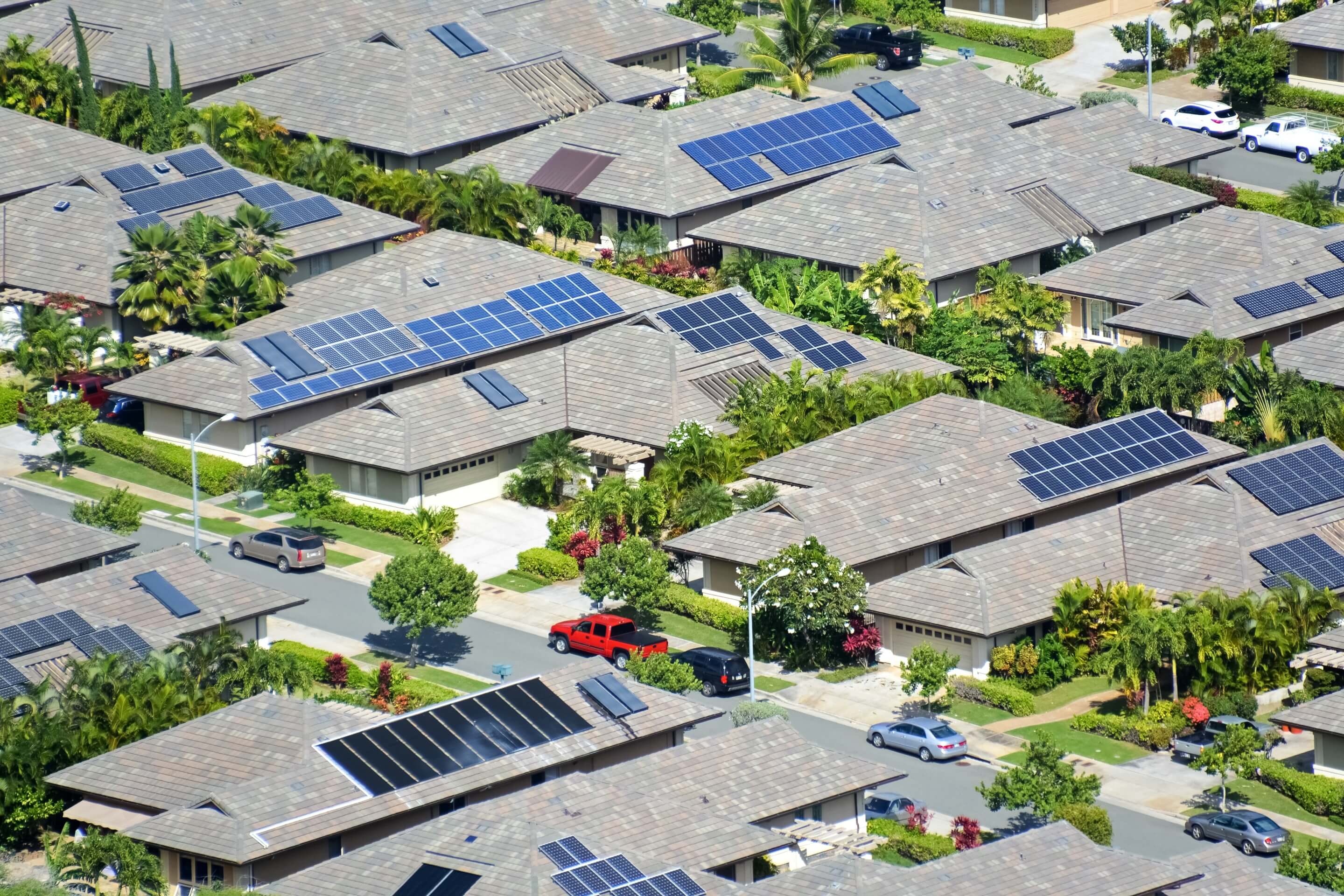In April, the United Nations’ Intergovernmental Panel on Climate Change (IPCC) published its Working Group III’s Climate Change 2022: Mitigation of Climate Change. The report’s contents strengthened the case made by the previous two segments of IPCC’s Sixth Assessment Report (AR6) for extensive, accelerated action against greenhouse-gas (GHG) emissions. These prior reports established the basic science and found that climate changes so far appear at the high end of previous estimates. The Mitigation report explores what societal actors can—and must—do to slow the pace of global warming.
UN secretary-general António Guterres minced no words in introducing the report, charging high emitters with “not just turning a blind eye [but] adding fuel to the flames. […] Climate activists are sometimes depicted as dangerous radicals. But the truly dangerous radicals are the countries that are increasing the production of fossil fuels.” Earth is on a “fast track to climate disaster,” with a projected average temperature that is double that of the 2015 Paris Agreement’s goal of 2.7° F, or 1.5° C, above preindustrial levels, he noted. Only an end to fossil-fuel subsidies, a triple-speed shift to renewables, and protection of forests and other ecosystem resources will stave off “tipping points that could lead to cascading and irreversible climate impacts.”
The Mitigation report challenges built-environment professionals to act: The ninth of its 17 chapters concerns buildings, which contribute 21 percent of global GHGs as of 2019, and places architecture and construction in a pivotal position as the shift from fossil fuels to renewables and other sustainable practices is arguably both technically and economically feasible. By 2050, the buildings chapter envisions a global mitigation potential of at least 8.2 gigatons of carbon dioxide, equivalent to a 61 percent reduction of our baseline scenario in some studies.
Vanesa Castán Broto, professor at the University of Sheffield (U.K.) and one of the authors of Working Group II’s Impacts, Adaptation, and Vulnerability, emphasized that adaptation and mitigation are synergistic and must occur simultaneously. “We know that the best way to adapt is to do mitigation, because any degree of temperature that increases reduces the capacity to adapt,” she told AN. “One of the things that we understand in this report that we didn’t understand before,” Castán Broto added, “was that these impacts cannot be treated in isolation, but have to be treated as a series of interlocking events.” Effective adaptive and mitigative responses are context-specific and include vulnerable populations’ perspectives, she emphasized, “because climate impacts and vulnerability [are] linked to inequality, to marginalization, to the processes of impoverishment.”
Urgency, Opportunity, Even Optimism
For many architects, the latest report is an additional rallying cry for change. “The evidence is clear,” Edward Mazria, founder of Architecture 2030, commented. “The title of the IPCC press release says it all: We can halve emissions by 2030. This is especially true in the built environment and power sector—buildings, construction, infrastructure, and electricity generation.” With gains in renewable electricity generation and growing awareness of decarbonization, for Mazria the question is “Can we transform the built environment and power sector fast enough to reach the 50 percent emissions reduction target by 2030?” He was hopeful that this goal is feasible. “If we do this, I have no doubt we will then decarbonize the entire sector by 2040; the sheer inertia of the transformation will carry us forward.”
Mike Henchen, principal at the Rocky Mountain Institute, observes a gap between what’s been achieved and “the scale or pace that’s needed to meet the challenge.” Most U.S. buildings still use fossil fuels for general heating and water heating, while designing new buildings for full electrification and heat pump technologies remains a novelty, though policy is moving in that direction. Our progress to date is “not enough by itself, but even the fact that we’ve held the direct emissions from buildings constant for decades, even while the building stock has grown substantially, is a real marker of the effects of energy efficiency.” Henchen said that while we’ve seen acceleration and deployment, “we need to increase that 10-fold or 100-fold over the next years and decades in order to hold to a climate threshold that we can manage.”
“Architects,” said Daniel A. Barber, professor of architecture at the University of Technology Sydney, are “the canaries in the coal mine, given how much the field is dependent upon capital.” In the absence of the socioeconomic disruptions and public-policy changes that would constitute an effective response, “there’s very little incentive for an architect to plant their flag [and say] ‘I’m only going to do renovations’ or ‘I’m only going to build projects that are net zero.’” The AR6 reports overall strike him as “not necessarily pessimistic, but frightening,” yet the Mitigation report, “from an architectural perspective, offers some reason for hope.”
The report uses the French non-governmental organization négaWatt’s “Sufficiency/Efficiency/Renewable” framework. The steps laid out as “sufficiency interventions,” Barber said, move beyond the constraints of sustainable design. “Most of our so-called green buildings over the last few decades, broadly speaking, have focused on efficiency”; the report emphasizes how “those gains in efficiency have been more or less met, if not in fact overwhelmed, by simple demands for more: more space, more square footage per occupant or per worker.” Prioritizing sufficiency over efficiency implies encouraging less demand for HVAC through bioclimatic design measures, retrofitting existing buildings, and designing projects conducive to changing lifestyle expectations rather than simply improving the performance of HVAC systems. We know the science and the technology, Barber said, but “we just don’t have a regulatory or cultural incentive to build differently.”

Michelle Addington, dean of the University of Texas School of Architecture and a mechanical/nuclear engineer as well as an architect, views some widespread mitigation strategies with skepticism. Density might stand in for other desirable metrics like car usage, for example. Dense cities can exacerbate the heat-island effect, and, according to an analysis by one of her doctoral students that considered affordable housing in 42 cities, actually encourage more income inequality. It can “push low-income people out so far that they no longer have access to public transportation,” which doesn’t make a dent in car usage, Addington shared. Envelope-integrated photovoltaics also strike her as one of the “heroic solutions” whose track record doesn’t live up to expectations.
Addington has long advocated for the importance of “not energy per square foot, but energy per capita.” She said the scariest takeaway is that “the recognition that the increasing spatial size of buildings is a major problem.” For GHG emissions to drop, she contended, the U.S. and China must both reverse the trend toward larger spaces with more conditioned air. With both spatial growth and new construction rising in countries with hot climates, climatically specific strategies are essential. “I’m actually a huge fan of the appropriate use of thermal mass,” she said, “and it’s highly problematic to use in anything but a high-pressure climate or a low-water climate.” Passivhaus design and other strategies developed in Western Europe “still overprivilege heating. Heating is actually easy; cooling is what nature does not want to do.”
Insisting that smaller spaces are essential, Addington often encounters pushback grounded in claims that people’s happiness and productivity correlate with spatial scale. “We can go smaller in many ways,” she suggested, noting that some of the cheapest solutions to implement are counterintuitively effective: avoiding lavish corridors and lobbies and using sophisticated lighting, acoustics, and contrast to create a sense of spaciousness, reducing the “stunningly ineffective and inefficient” reliance on overhead light. “We spend too much time worrying about trying to decarbonize the grid,” she said, and “not enough time in our field thinking about ‘How do I eliminate an electrical use?’”
The Limits of Good Intentions
Kiel Moe, visiting professor at MIT, finds AR6 bracingly realistic, as it encourages the consideration of buildings “not as performative objects, but as a terrestrial system.” He said, “This IPCC report helps architects build a case for why they need to be changing their practices, changing their contracts, [and] including construction ecology work as part of their contracted design deliverables.”
Moe also noted that the conceit “that we’re going to resolve this issue on a building-by-building basis, [or] that the boutique design of individual buildings will have the scale of impact that’s commensurate with what’s happening in the climate” is misguided. Much of what passes for environmental responsibility, he emphasized, amounts to greenwashing: “Programs like LEED are, in my mind, just enablers of neoliberal development.” LEED has evolved, he conceded, but added that other certification programs like the Living Building Challenge are “more thorough and thoughtful, but they’re more difficult to achieve.” The well-intended Green New Deal, in his view, “is a template for an incredible surge in carbon emissions in order to produce this so-called clean energy infrastructure.”
Studio-based, Beaux-Arts–derived architectural education, in Moe’s assessment, has disconnected design from earth science. “Schools of architecture are still structured forms of climate-change denial. [They] are not doing nearly enough to address these issues and prepare another generation of architects to contend with the issues, to identify them, be literate about them, to have the technical and design capacities to address them.”
Citing Alabama’s Rural Studio as one model for integrating community design projects and practical research, Moe urged architects to rethink the definition of the profession. “Architects exist in the United States legally to protect the health, safety, and welfare of the public. [The IPCC report is] clear evidence that architects have not been meeting that basic mandate.”
A Global Problem Comes Home
Noting different nations’ widely varying contributions to emissions through industrialization, Lance Jay Brown, distinguished professor at CCNY and cofounder of the Consortium for Sustainable Urbanization (CSU), said that “if you want the world to achieve some level of balance, those who have [emitted heavily] are going to have to contribute to those who haven’t. They will look to even the score. We’ve got a monumental inequity happening that cannot be resolved on its own.”
Aliye Çelik, cofounder of CSU, pointed to “the ongoing quarrel in the UN between the Group of 77—which are the developing countries [now numbering 134]—and Western countries. Consumption levels are very high in the West and very low in the rest of the world, so the West should pay for the damage that they have done so far [while] not limiting what the developing countries need to come to that level of development.” Çelik advised that “there should be more emphasis on the carrots and sticks.” For example, there could be incentive credits or changing interest rates for those who do the right thing and controls like building codes, zoning, and professional standards for those who are motivated by punishment.
The ability to regulate fossil-fuel productions in the United States suffered dual setbacks this summer, first when the United States Supreme Court invalidated the Environmental Protection Agency’s ability to regulate power-plant emissions and then when West Virginia senator Joe Manchin backed away from negotiations with congressional leaders over investment in climate mitigation and adaptation. In charting how this will affect architects, the American Institute of Architects’ chief economist, Kermit Baker, put the onus on economic solutions instead of legislative ones, encouraging architects to “do a better analysis of the full life cycle cost of a building—on every building—and make a convincing case to owners.” Still, in a rare moment of political commentary, the AIA released a statement criticizing the ruling in West Virginia v. EPA. “The climate crisis is a crisis of global dimensions, there are no sidelines,” the text begins. Given the stakes, it’s time for architects to get in the game and play ball.
*Editor’s note: In the time since this article was written, West Virginia’s Joe Manchin returned to negotiations with Senate Majority Leader Chuck Schumer of New York after initially pulling the plug on ongoing tax and climate in July. The resultant health care and climate bill stemming from the latest negotiations, the Inflation Reduction Act of 2022, has been touted as the most consequential piece of climate legislation in U.S. history, investing a total of $369 billion in energy security and the fight against climate change. It narrowly passed the Senate this weekend with no support from Republican members.
Bill Millard is a regular contributor to AN.










